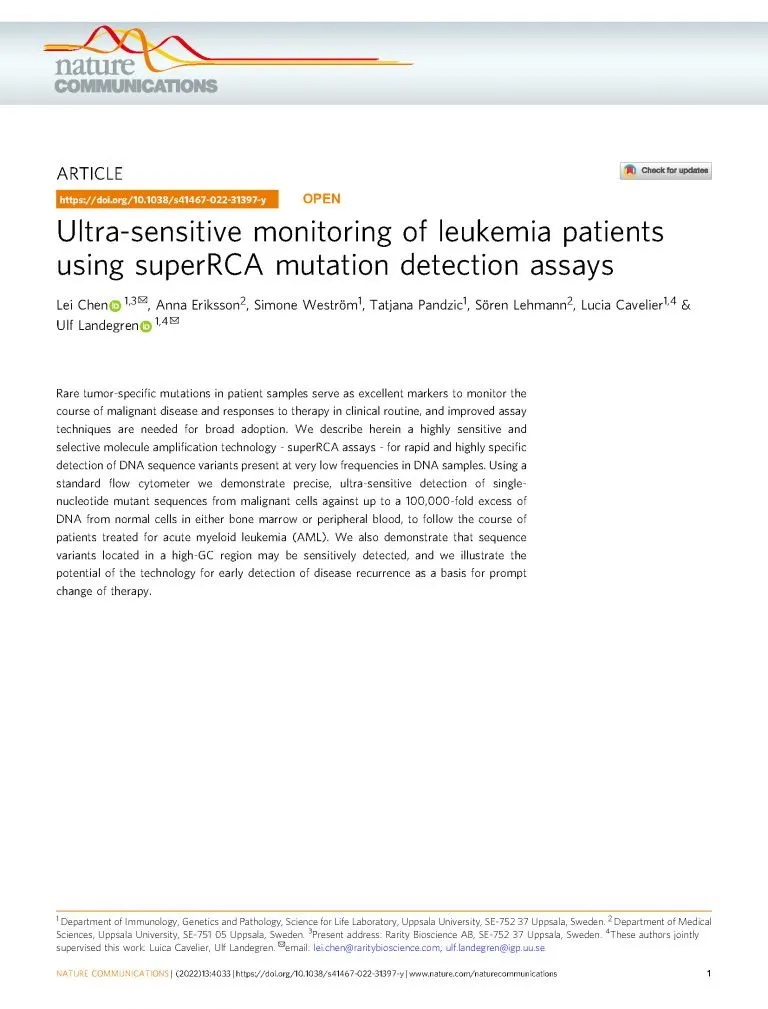With an innovative, super sensitive technology, so-called superRCA, remaining cancer cells can be detected after treatment of acute myeloid leukemia (AML). The method is presented in an article in Nature Communication.
The technology, superRCA, tracks mutations with greater sensitivity than PCR-based technologies and can detect recurrence of cancer earlier. The technology is fast, sensitive, reliable and makes it possible to adapt the treatment for the individual patient by detecting mutation levels over time. The invention is the basis for Rarity Bioscience, a spin-off company from Uppsala University. The innovators behind the new technology that is now taking the step closer to patients are Professor Ulf Landegren and PhD Lei Chen.
“The strength of this new technology enables earlier detection of cancer mutations in blood samples, which leads to the patient being able to initiate the treatment in time. We wanted to commercialize the product and formed Rarity Bioscience to reach out to cancer care and through more cost-effective and time-efficient care improve the quality of life for patients.” – says Lei Chen, former researcher at Uppsala Univeristy, now CTO and co-founder of Rarity Bioscience.
“Individual single-stranded DNA circles yield large DNA clusters – superRCA products – via two consecutive RCA reactions. To produce superRCA products, DNA sequences of interest are first enriched by limited PCR, and amplified strands are ligated to form single-stranded DNA circles. Long concatemeric products are generated from the starting DNA circles by RCA. Next, added pairs of padlock probes, complementary to the hundreds of copies of either mutant or wildtype sequences in each of the primary RCA products, are ligated in a target-specific manner. Upon successful target recognition the padlock probes form circular DNA strands, wound around the RCA products, and they are then subjected to a second RCA reaction.”
Read the article in full, in Nature Communications: “Ultra-sensitive monitoring of leukemia patients using superRCA mutation detection assays”. This is the technology on which Rarity Bioscience is based and the article describes the application in Leukemia.





